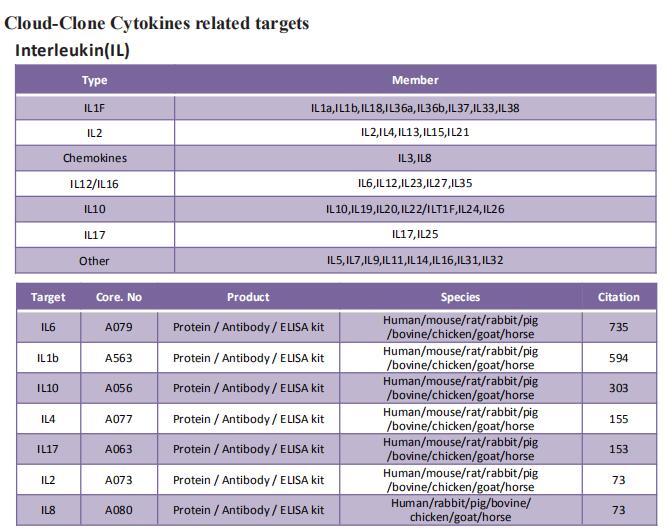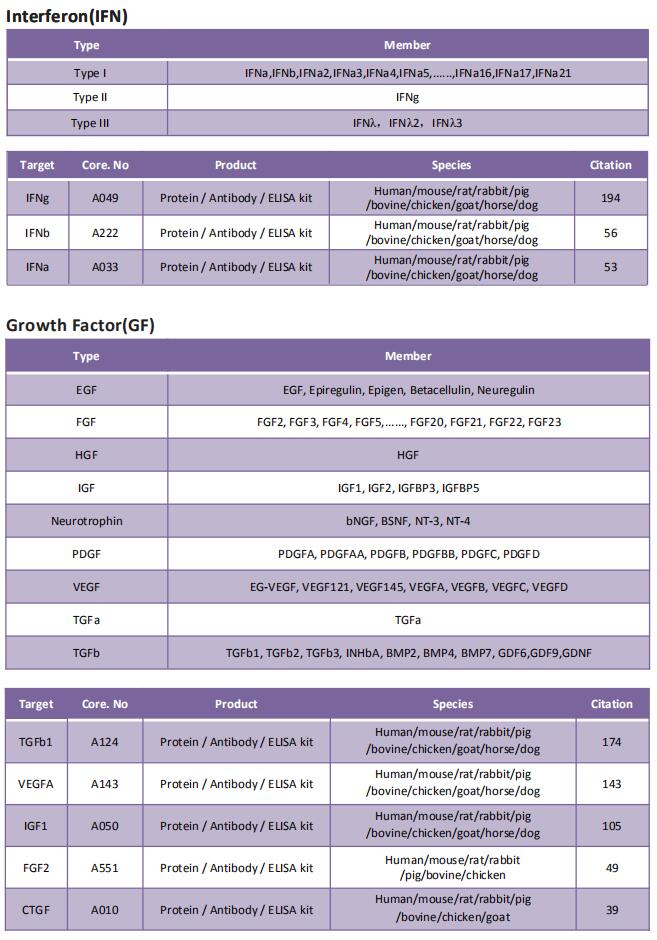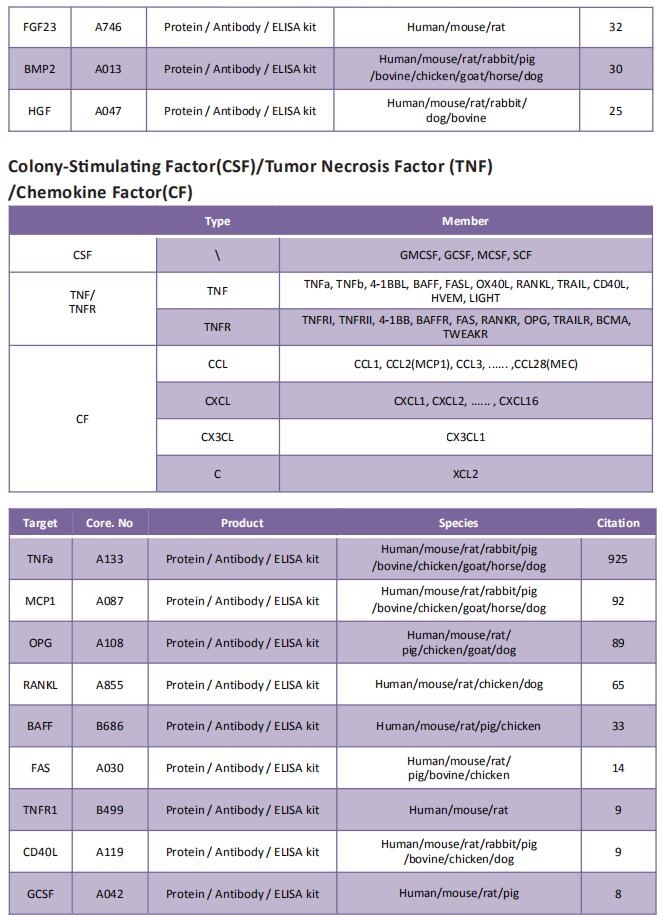The Src-ZNRF1 axis controls TLR3 trafficking and interferon responses to limit lung barrier damage
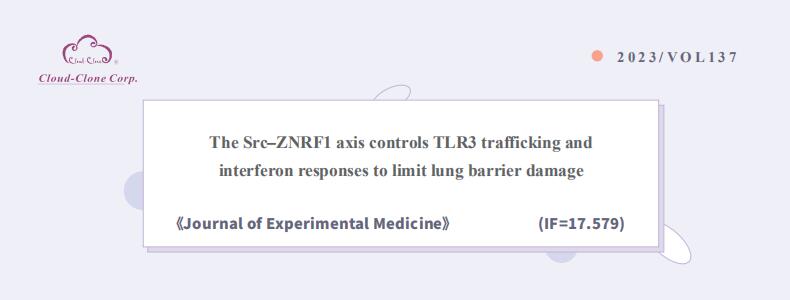
On May 9, 2023, Li-Chung Hsu, Institute of Molecular Medicine, College of Medicine, National Taiwan University, Taiwan, and his team published a paper titled “The Src-ZNRF1 axis controls TLR3 trafficking and interferon responses to limit lung barrier damage” in Journal of Experimental Medicine. Their study highlights the c-Src–ZNRF1 axis as a negative feedback mechanism controlling TLR3 trafficking and the termination of TLR3 signaling.

The kits [ELISA Kit for Interferon Beta (IFNb), SEA222Mu] of Cloud-Clone brand were chosed in this article, we are so proud for supporting the reaserchers.

Type I interferons are important antiviral cytokines, but prolonged interferon production is detrimental to the host. The TLR3- driven immune response is crucial for mammalian antiviral immunity, and its intracellular localization determines induction of type I interferons; however, the mechanism terminating TLR3 signaling remains obscure. Here, we show that the E3 ubiquitin ligase ZNRF1 controls TLR3 sorting into multivesicular bodies/lysosomes to terminate signaling and type I interferon production. Mechanistically, c-Src kinase activated by TLR3 engagement phosphorylates ZNRF1 at tyrosine 103, which mediates K63-linked ubiquitination of TLR3 at lysine 813 and promotes TLR3 lysosomal trafficking and degradation. ZNRF1-deficient mice and cells are resistant to infection by encephalomyocarditis virus and SARS-CoV-2 because of enhanced type I interferon production. However, Znrf1−/− mice have exacerbated lung barrier damage triggered by antiviral immunity, leading to enhanced susceptibility to respiratory bacterial superinfections. Our study highlights the c-Src–ZNRF1 axis as a negative feedback mechanism controlling TLR3 trafficking and the termination of TLR3 signaling.
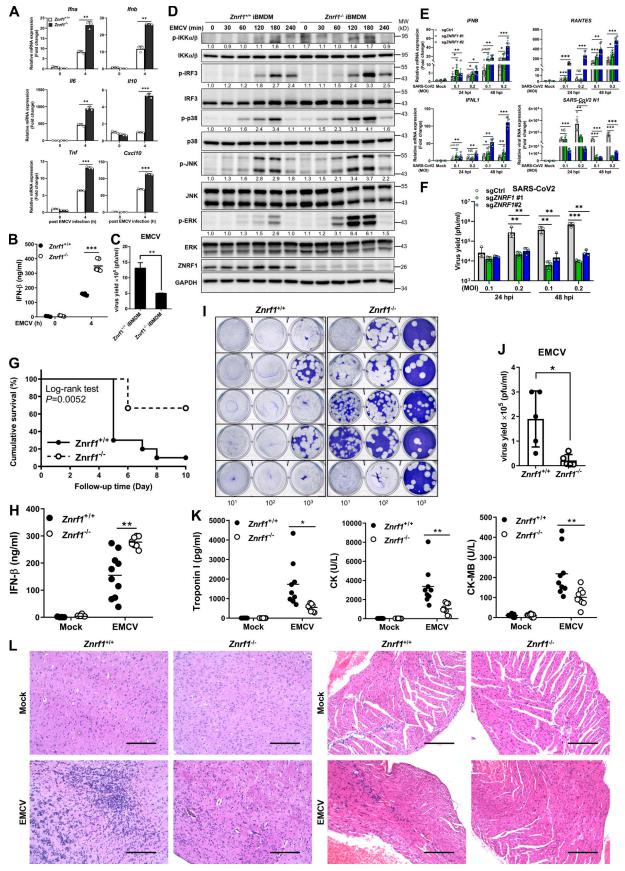
Fig.1 ZNRF1-deficient cells and mice are resistant to EMCV and SARS-CoV-2 infection
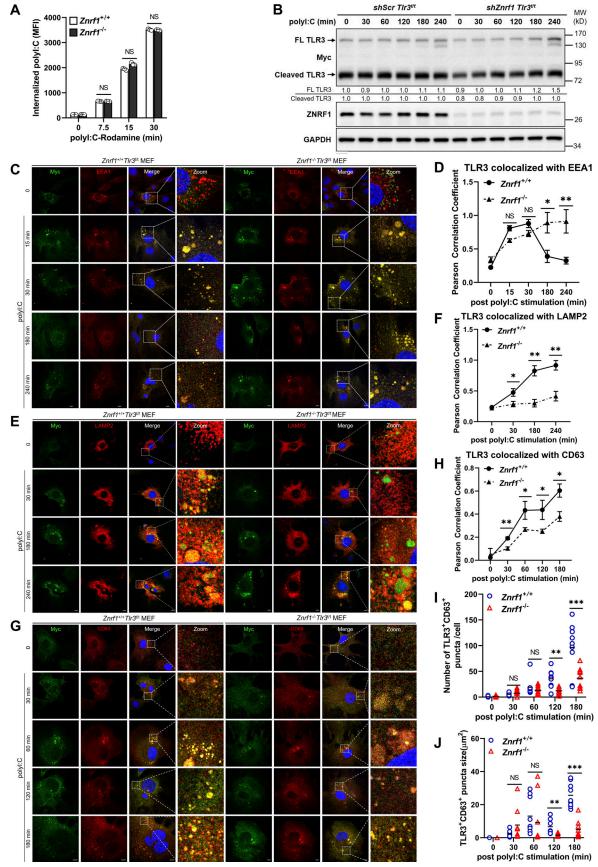
Fig.2 ZNRF1 promotes TLR3 trafficking from endosomes to lysosomes
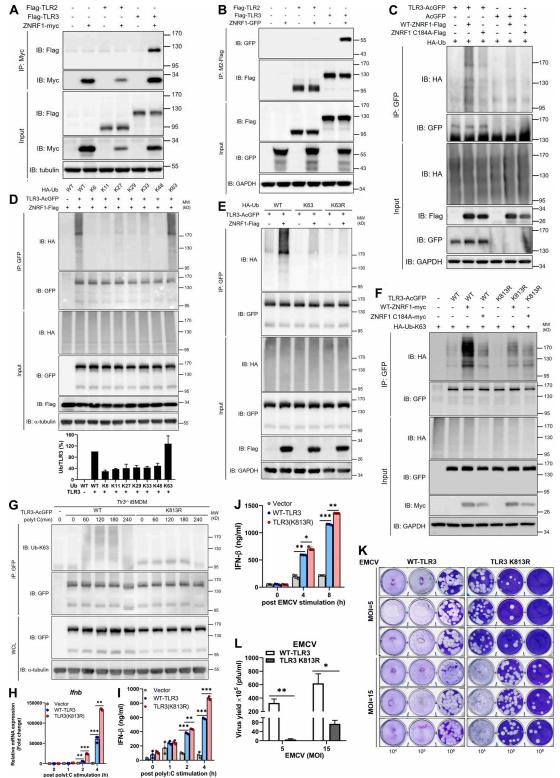
Fig.3 ZNRF1 mediates TLR3 K63-linked polyubiquitination at K813 to inhibit type I IFN production and EMCV propagation
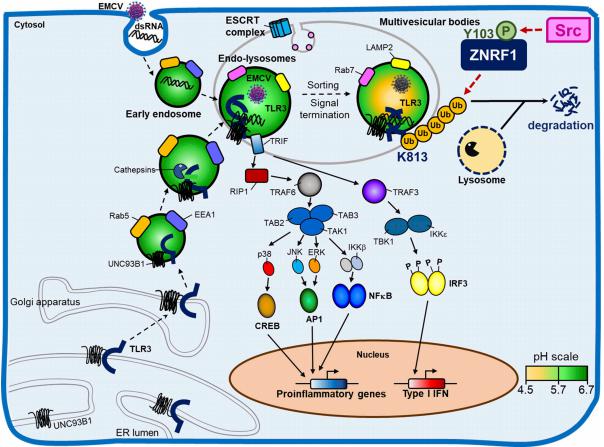
Fig.4 Graphical model summarizing regulation of TLR3 trafficking and type I IFN production by ZNRF1
